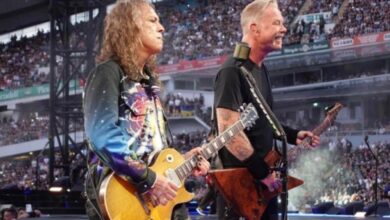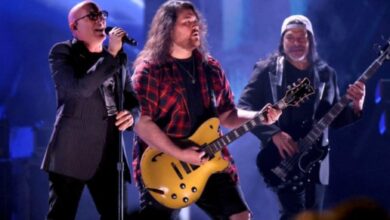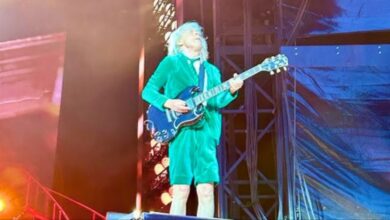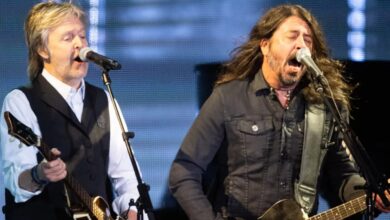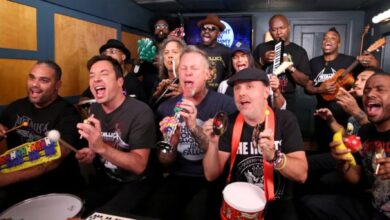Ozzy Osbourne Makes a Triumphant Return With an Epic Halftime Performance
Ozzy Osbourne’s halftime appearance during the Rams Season Opener in 2022 felt like witnessing a mythic figure refusing to be written off. Unveiling his latest single, “Patient Number 9,” just a day before the album’s official release, Ozzy electrified the crowd, then plunged into his timeless anthem “Crazy Train,” sending a jolt through the stadium. His performance carried a certain sacredness, a living legend commanding the stage with a force that defied time and circumstance.
“Patient Number 9” serves as the thirteenth studio album in Ozzy Osbourne’s legendary discography. Even after his 2024 viral collaboration with Billy Morrison on “Crack Cocaine,” this record remains his most current solo work. The title track, showcased at the Rams’ halftime, paints a haunting portrait of mental decline, weaving the tale of an asylum inmate who struggles against the walls closing in on their sanity, fitting neatly into Ozzy’s dark, dramatic legacy.
The halftime spectacle was more than a promotion; it was a reminder that Ozzy’s roots stretch deep into the very bedrock of heavy metal. As Black Sabbath’s charismatic and controversial frontman, he helped forge an entire genre, lending his voice to the birth of doom metal—a darker, heavier branch of rock that would inspire countless generations to come.
Growing up in the industrial heart of Warwickshire, England, Ozzy Osbourne’s early life offered little hint of the global fame to come. It was in 1968 that he, along with Tony Iommi, Geezer Butler, and Bill Ward, unleashed Black Sabbath onto an unsuspecting world. Songs like “Paranoid,” “Iron Man,” and the sorrowful “Changes” became not just heavy metal standards but cultural milestones that even non-metal fans recognized.
Despite his colossal influence, the pressures of success and addiction led to Ozzy’s dismissal from Black Sabbath by the end of the 1970s. Yet his supposed downfall only set the stage for a meteoric solo comeback. His 1980 debut solo album, “Blizzard of Ozz,” featuring guitar prodigy Randy Rhoads, was packed with explosive hits like “Crazy Train,” which cemented Ozzy’s place as both a band frontman and a solo powerhouse in rock history.
The cultural impact of “Crazy Train” endured far beyond the concert halls. In 2002, a quirky jazz-swing cover by Lewis Lamedica was used as the theme song for “The Osbournes,” reality TV’s first deep dive into celebrity family life. The show, starring Ozzy, his wife Sharon, and two of their children, Jack and Kelly, broke new ground and became a phenomenon, showcasing another side of the man behind the madness.
Watching Ozzy perform at 73 is to marvel at a survivor of rock’s wildest era. Backed by guitarists Zakk Wylde and Andrew Watt, drummer Tommy Clufetos, and bassist Chris Cheney of Jane’s Addiction—musicians who likely grew up idolizing him—Ozzy turned what could have been a nostalgic farewell into a full-blown resurgence. His team of seasoned rock veterans amplified the moment, creating a multi-generational celebration of his unyielding spirit.
Despite ongoing battles with his health, including a serious spinal injury in 2019 and a Parkinson’s diagnosis announced in 2020, Ozzy refuses to be silenced. Years of sobriety and multiple surgeries haven’t dulled his edge, though they have postponed his final tours. Blood clots, nerve damage, and chronic pain shadow his steps, but they seem powerless to mute the indomitable voice that changed the face of music forever.
The Rams halftime show wasn’t just another performance—it was an act of defiance. Amassing over 6.7 million YouTube views, the clip captures Ozzy in rare form, sounding remarkably close to his 1970s peak. As he belted out every note, it became clear that even Parkinson’s and the ravages of time dared not challenge the Prince of Darkness when he stood before his people, commanding their loyalty and love like few others ever could.
